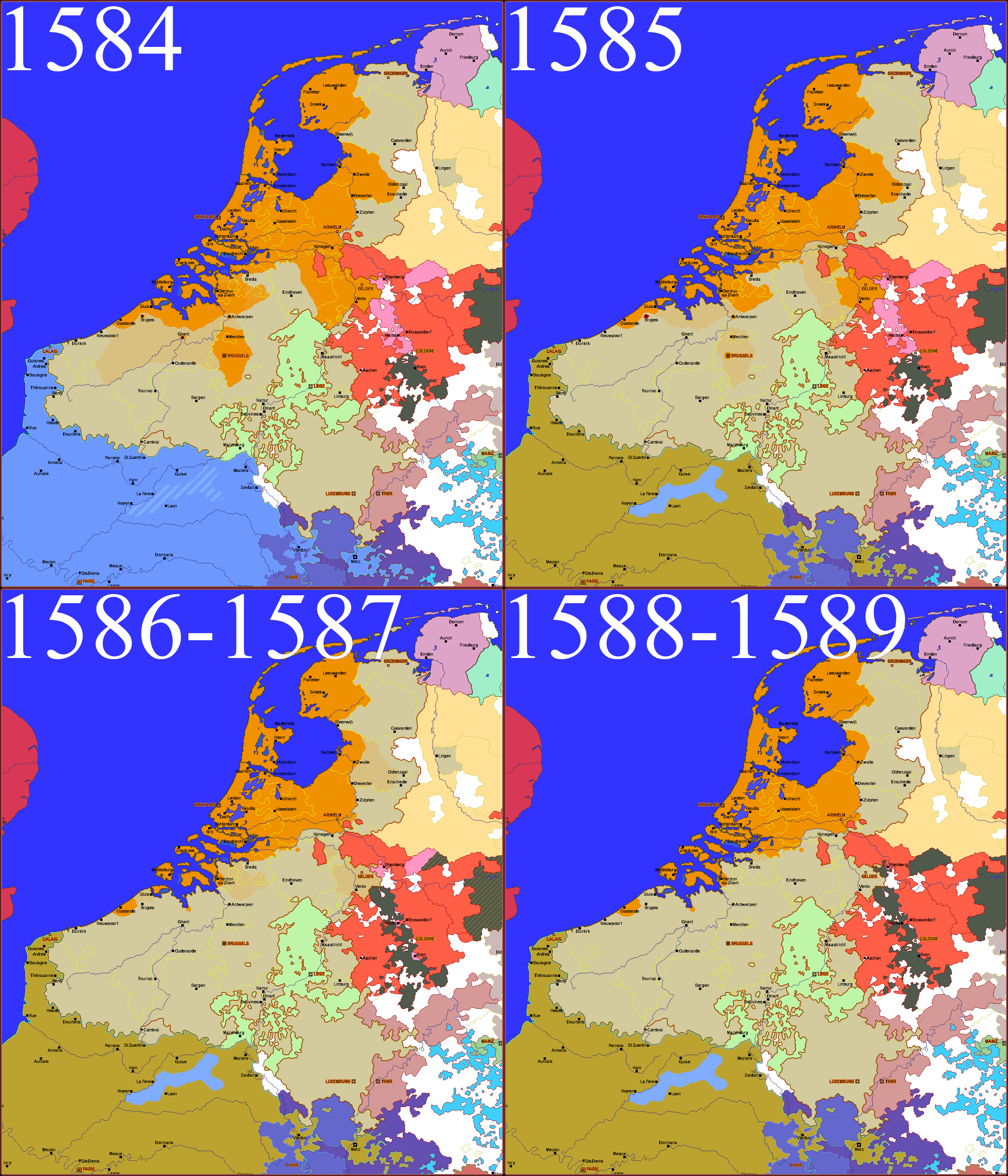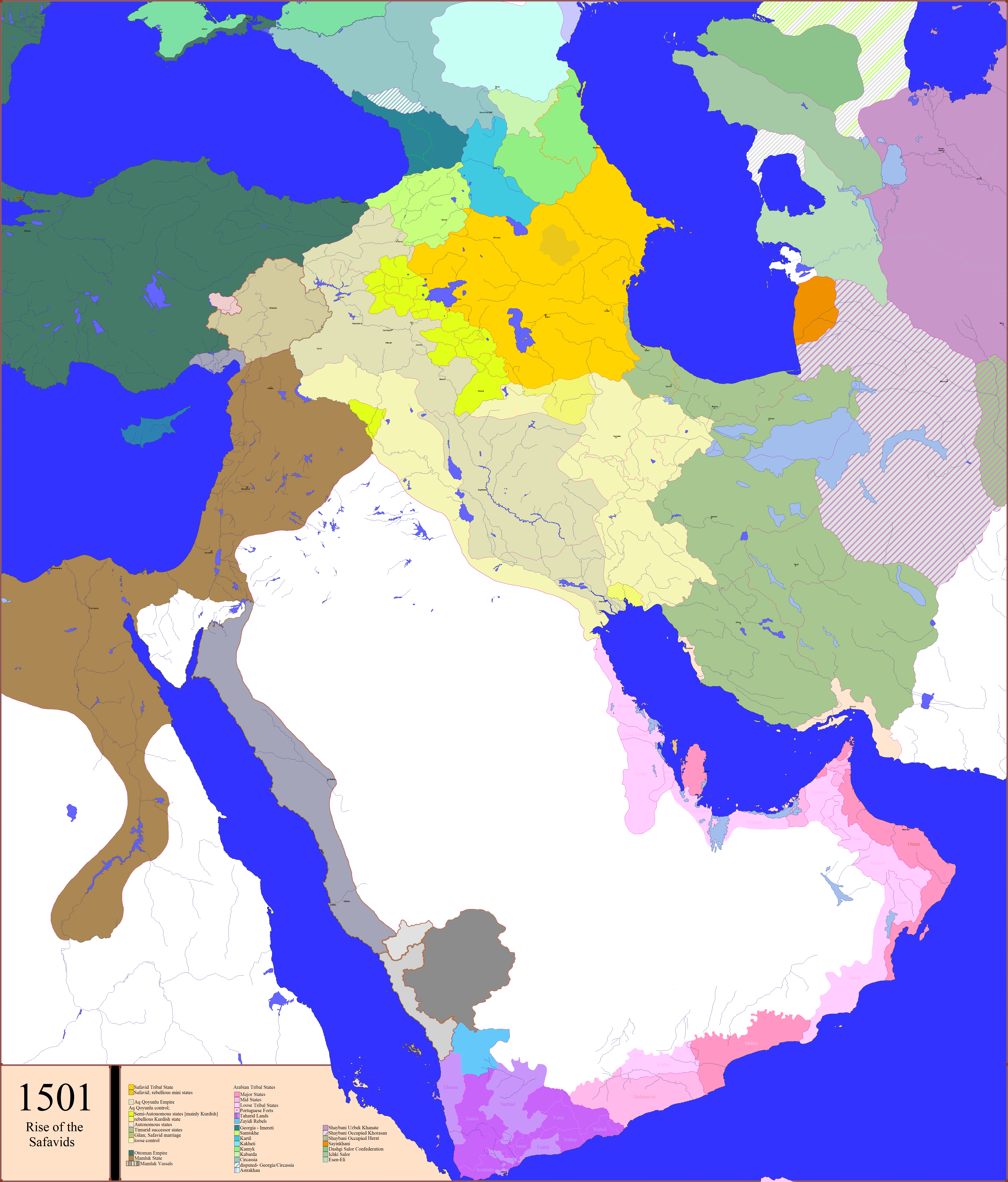HOME | DD
 BobHopeXIVRedux — WE3.1584-1589.Ce
BobHopeXIVRedux — WE3.1584-1589.Ce

Published: 2022-04-21 23:44:15 +0000 UTC; Views: 655; Favourites: 4; Downloads: 4
Redirect to original
Description
Dutch Revolt 1585-1589
The States-General debated offering sovereignty to King Henri III of France in September, and, despite objections, a Dutch embassy was sent to France in February 1585. The situation in France had deteriorated, the religious wars flaring up again. Henri did not feel strong enough to defy Philip, so he declined.
Brussels surrendered to Parma in March 1585. After a Dutch amphibious assault failed in April, Antwerp surrendered in August. Antwerp was sacked and plundered; that was how soldiers were rewarded. Most surviving Protestants fled, emigrating north, to cities like Amsterdam causing the economic strength of the reconquered provinces to steadily decline, whilst that of Holland and Zeeland increased.
The States-General then offered Queen Elizabeth I sovereignty, which she declined, instead extending an English protectorate over the Netherlands and sending an expeditionary force of 6,350-foot and 1,000 horse under Robert Dudley, Earl of Leicester, to act as Governor General. The fortress ports of Flushing and Brill would stand as English surety. The States-General agreed this in the Treaty of Nonsuch** in August 1585, the first time the rebel state was diplomatically recognised by a foreign government.
Dutch regents, led by the Advocate of Holland, opposed Leicester but he was supported by hard-line Calvinists, the Dutch nobility, and factions in the other provinces that resented Holland's supremacy.
In Friesland and Groningen William Louis, Count of Nassau-Dillenburg was appointed stadtholder. In Utrecht, Gelderland and Overijssel Adolf van Nieuwenaar, Holland and Zeeland appointed Maurice of Nassau, son of William, stadtholder just before Leicester arrived. This limited Leicester's authority.
Leicester also clashed with Holland over the representation, in the States-General, of Brabant and Flanders, who no longer controlled significant areas of their provinces. From 1586 they were barred from taking part in deliberations, over Leicester's objection, although he managed to retain seats in the Council of State for them. With the States-General deprived of representation from the Southern provinces, we can use the name "Dutch Republic" for the state.
Farnese believed it possible to invade England with a force of 30,000 troops, without significant naval protection, relying on the hope of a Catholic insurrection. Philip overruled him, beginning planning for the Spanish Armada. As part of the campaign preparations, Farnese moved against Oostende and Sluis, Sluis was taken in August 1587.
In January 1587 English garrisons at Deventer and Zutphen were bribed to defect, followed by those in Zwolle, Arnhem and Oostende. This fed anti-English feeling. Leicester occupied Gouda, Schoonhoven and a few other cities in September 1587, but finally gave up and returned to England in December 1587. The northern provinces now consolidated as a republican government.
The new republic increased its trade and wealth with Amsterdam replacing Antwerp as the main port of north-west Europe.
The Armada plan was for Parma's troops to cross the channel in barges, protected by the Fleet. Parma was ordered to collect an enormous flotilla of transports and keep his army concentrated and trained for the projected invasion. The Armada reached the area in 1588 but poor communication between Parma and the Armada's commander, the Duke of Medina Sidonia, made coordination difficult. Parma's troops were threatened by Dutch forces in flyboats, hoping to destroy the barges, drowning Parma's army at sea. The English attack on the Armada at Gravelines followed by an unfavourable change in wind-direction, made a link-up impossible. Farnese broke camp in Dunkirk in September and went to besiege Bergen Op Zoom. Although the siege lasted six weeks, Parma was defeated and withdrew to Brussels.
Farnese prepared to turn his attack back to the northern Netherlands but, in August 1589, Henry III of France was assassinated, and Farnese was ordered to support the Catholic opposition to Protestant Henry IV of France by invading France, giving the Dutch respite from Parma's relentless pressure.
When Nieuwenaar died in an explosion in October 1589, Maurice was appointed stadtholder of Utrecht, Gelderland and Overijssel.
The Dutch army was reorganized, changing from an ill-disciplined, ill-paid rabble of mercenary companies from all over Protestant Europe, to a well-disciplined, well-paid professional army of soldiers skilled in the use of modern fire-arms, arquebuses and muskets. This included tactical innovations to take advantage of their battlefield strengths, like counter-marching files of musketeers to enable rapid volley fire by ranks; such manoevres had to be instilled by constant drilling. A new approach to siege warfare was developed, assembling an impressive train of siege artillery. These reforms were later emulated by other European armies in the 17th century.

























